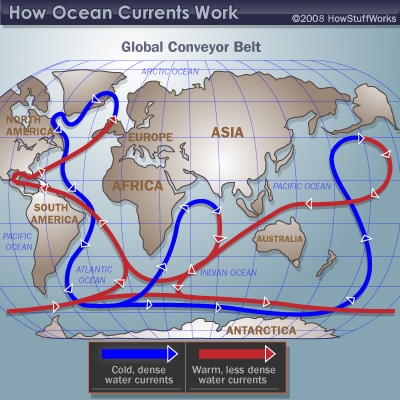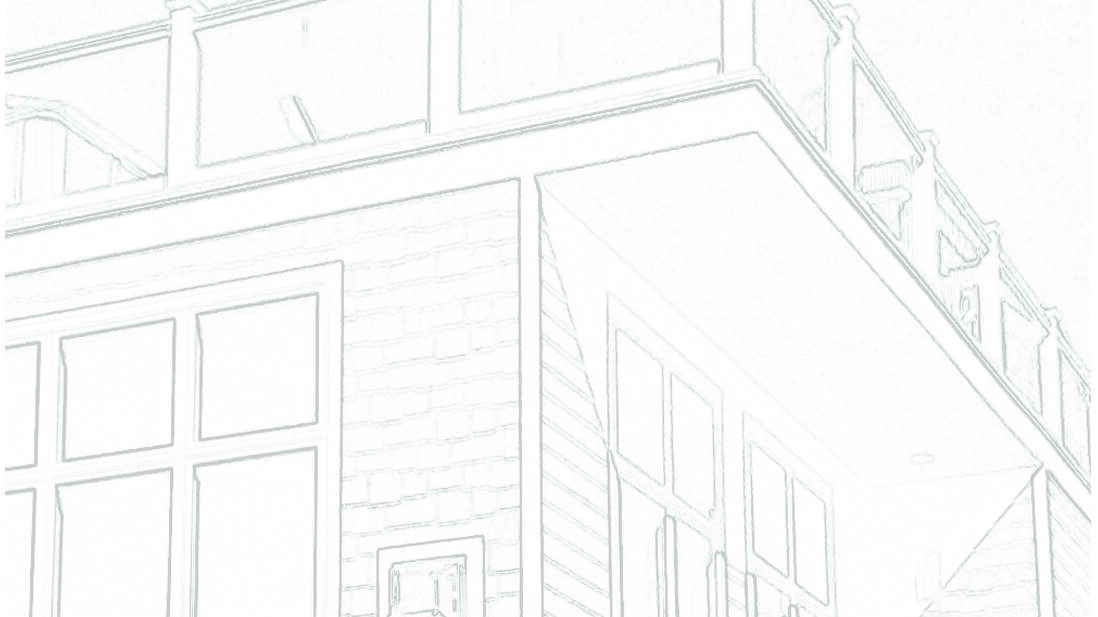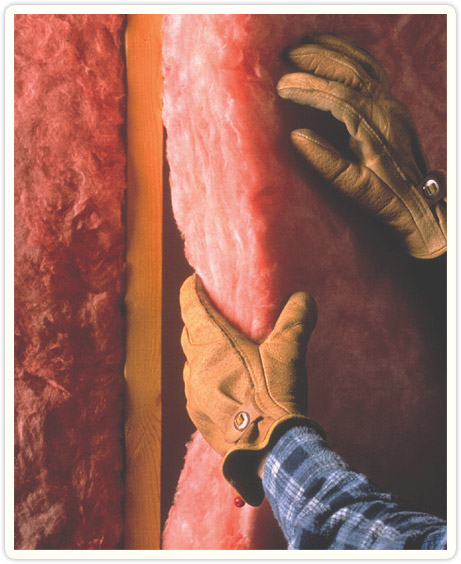Buttoning up a Home – Increasing your Energy Efficiency for the New Year
It’s resolution season and for many of you, you may be resolving to save energy this year. If you’re planning an addition or renovation, I have some ideas for you to make your home more efficient. I’m going to keep this post very general and address buttoning up your home for this winter based on the three modes of thermodynamic transfer (heat loss or gain) that you should remember from high school physics. Conduction, Convection, and Radiation. Don’t worry if you have no idea what I’m talking about because I’m about to give you the Physics and Building Sciences 101 tour of how to apply these concepts to protecting your house from energy loss (or if you’re more tropical heat gain.)
Conduction is the movement of energy through a substance. Best example of this, go touch you window glass right now. I bet it feels cool, this is because energy is flowing through the glass to the outside. The good news is, the energy efficiency strategies of the last 50 years have been mostly about reducing conduction, but it’s something that you can’t remove, only limit. The biggest way to limit conduction is to install insulation. With the 2012 energy codes, your house may no longer be as efficient as a new house is supposed to be, even if it’s only a few years old. Consult with a local professional or contractor, but filling your wall cavities with insulation and providing a thick enough blanket above the ceiling are key to stopping the flow of heat through the walls and ceilings. If you’re removing your siding, it’s an excellent opportunity to install a continuous layer of insulation outside your sheathing which is especially effective at stopping heat flow. The reason for this is that the studs in your house act as a thermal bridge, providing a shortcut for energy through the wall around the insulation. If you drive by a house in the fall or spring and see dew on the wall in a pattern that looks like the studs, that’s because the thermal bridging is allowing heat or cool through the wall evaporating or condensing dew at the stud locations. A half inch of rigid insulation board is usually sufficient and doesn’t require as much consideration as anything thicker (after a half inch, trim nails may no longer reach the studs which can cause all sorts of finish issues and trim screws are much more noticeable requiring a good professional to finish properly)
Walls and ceilings are the easy part, however, many times the windows will be the greatest loss of energy through conduction. The reason for this is simple, they have to be transparent and glass is not a great insulator allowing energy to move freely through it. The best solution to this problem is to add extra panes of glass for a double pane window replacement, which is the ideal form of insulation as between 50-70% of heat is lost through single glazed windows (double pane glazing is pretty much standard at this point, although triple pane is getting more available after decades as a niche product for extreme eco-warriors or the most ridiculous environments). It still won’t perform like a wall, but adding extra cavities will slow down the energy transfer. Another thing to think about is the material of the frame. Metals allow heat transfer a lot easier than wood, fiberglass, or vinyl, and it’s something to consider when specifying a new or replacement window. If nothing else, storm windows will cut your energy losses through your windows and are a relatively cheap solution compared to replacing all of your glazing with a good window unit (with windows, you really do get what you pay for.)
Convection:
Convection is the movement of energy through the movement of a liquid or gas. Ocean currents are a great example of this phenomenon, but a simpler one is probably just a fan blowing. The moving air will help to displace the warm air around your body with cooler air, making you feel cool. A wetsuit works primarily by not allowing the water near your body to flow away, keeping your body heat in close rather than letting it escape. This method can move huge amounts of energy, but is really a problem in the winter when extremely cold and dry air can displace the warm and moist (relatively) air in your house. This is why older homes that are drafty tend to feel cold, because the air that you’ve spent the money to heat is flowing right out of the house. Insulation will help here, as it will block small holes, as will foams and caulks. If your homes is built within the last 30 years, you almost certainly have an air barrier (commonly called Tyvek although there are a ton of different manufacturers.) When installed, taped, and flashed properly, the air barrier (and they come in house wrap, rigid board, and liquid applied options) will deflect moving air away from the house. The biggest problem with these is often that they are installed improperly, or ripped or damaged allowing air (and sometimes water) to get through and damage the house.
The other big convection loss is at window and door seals. A quick fix for a lot of doors is to repair any damaged weather stripping or compressible seals as this will help keep the wind out. Windows are trickier, and properly built and maintained, shouldn’t leak air when closed. However, here’s where getting what you pay for comes into it. Some cheaper windows are made of materials that move a lot under changing temperatures compared to the glass. This is why it is important to get your windows from high-quality sources. Companies like MWT Windows offer energy efficient glass solutions for their customers. This can lead to cracked or broken seals which is why some extremely cheap windows can be less efficient than the old single pane windows after 5 years if the seals have degraded too far. When purchasing a window, the u-value (conduction resistance) is important (lower is better) but so is overall construction and service life, after all, windows should last between 30-100 years much like the rest of the structure of the house as replacing windows is a chore.
One other issue with convection is something called sick building syndrome. When we started removing convection from buildings, we saved energy, but found a host of other problems as contaminants and small water leaks no longer found a way out of the house leading to air quality and mold issues. Codes require a certain amount of fresh air to be supplied to a room by the mechanical ventilation system, but if you really want to bring fresh air into your house, look into a heat energy recovery ventilator. It swaps indoor air for outdoor air, but transfers a lot of the outgoing energy into the incoming air, giving you a fresher house without killing your utility bills.
Radiation:

Radiation is the movement of energy through line of site through photon exchange. Radiation is how all the energy on the planet arrives from the sun. Radiation is what you see in an infra-red camera, that is the heat radiating from an object. Luckily, for your resolution, heat loss through radiation is not a huge problem. Radiation is most effective at transferring energy with very large differences in temperature and apart from glass, most of the materials we build buildings from don’t radiate all that well. The bad news is, radiation can kill your cooling bills in the summer and so, planning ahead a few months, how do we protect our homes from radiation (heat, not radioactivity, that’s a whole other blog post someday.) The biggest gain will be through your roof or a dark south or west facing wall. This is where ventilating your attic to keep the heat gain moving can be a solution, but another would be cool roofing, cool cladding, and radiative barriers. Cool roofs and cladding are materials with special coatings that reflect more of the sun’s energy. These are often metal or membrane roofing systems, although there are a few asphalt shingle options on the market now as well. Radiative barriers are basically mirrored membranes you apply as your air barrier or roof underlayment that work like an emergency blanket and reflect the heat back the direction it came from.
The next biggest gain would be the windows of your house. Like I said earlier, the sun is the source of all our energy, and your windows are supposed to let the sun in. This can be a problem, hence a green house, too much energy in, and it can’t get out, and the place is suddenly a tropical paradise. Most windows now have Low-E coatings that drastically reduce solar heat gain (if you want to check on your options, the simple number for this problem is the SHGC – Solar Heat Gain Coefficient, lower is better unless you’re trying for some passive solar heat gain.) In addition, large overhangs, shades, and other orientation decisions can drastically change your solar heat gain.
So, there you have a basic science explanation of the problems with keeping warm or cool in the extreme seasons. Obviously, if you are someone who keeps your windows open as much as possible, this applies even less to you than someone with allergies who has to keep the windows closed. But if you want to be comfortable indoors when you’ve got the house buttoned up, look at which of these are your biggest problems and either consult a local professional about what to do about them, or you could look at some different conserving energy tips that people create and post on the internet. If you lack the time to get in touch with a professional, or will struggle to afford someone to com out and help, it may be more beneficial for you if you try to save energy using home-made techniques.

